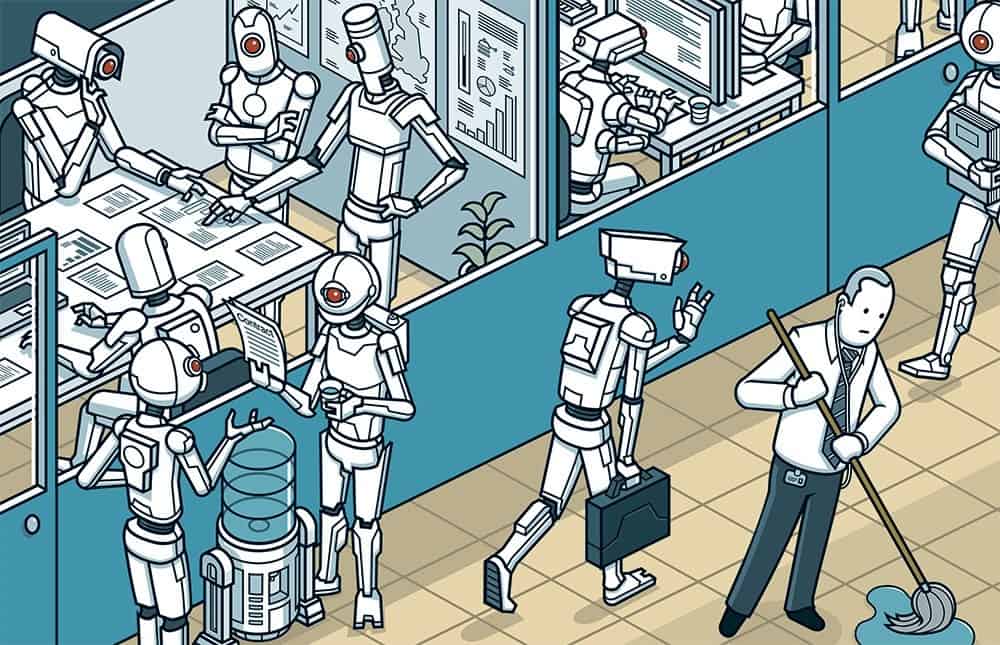
The trigger for this rather dystopian picture of a 'soon-to-come-future' is the enforced 'clamp down' which set me thinking about the very nature of work and, by extension, the work place-post Carona.
We persist with the notion that, as a race, we need to go to a 'work-place' (could be an office, a shop-floor, a retail store, an educational institution, wherever....) to achieve/accomplish whatever we are paid for to achieve/accomplish, to justify our salary or, perhaps indeed to justify our very existence as a productive, contributing member of society.
Seen from an employer's view-point, must we insist on all employees being physically present and marking time to justify their salary, indeed their existence, in the organisation?
Is this really the case? Is every employee needed to come to the 'work-place' everyday to deliver the desired output? Or, is it our deep seated social need which seeks approval where being 'seen' going to work gives one that cloak of respectability and acceptance? Or, is it our collective hubris that justifies 'going to work' as a divine duty and the very purpose of our existence?
Whatever the reason, the enforced clampdown has shown that it is well nigh possible to productively work from home. For some time now IT companies have been the forerunners by allowing employees to work from home certain days a week/month as the case may be.Besides, MNCs, Private and Foreign Banks and some progressive organisations have allowed flexitime ,work from home and extended maternity and even paternity leave for their employees.It is unfortunate that these are but islands, exceptions that have not found wide spread acceptance.
Which brings us back to the central theme of this article- should it be back to the grind once the clamp down is lifted? Is there a case for re-evaluating the whole issue of work place design?
First let us consider the positives (the silver lining) of the clamp down:
To be sure, post clamp down there will be rush to return to the routine but organisations may well debate if there is a case for certain departments to function from home. If not, would it at least be possible to split those departments into teams which could take turns to work from home every week/fortnight? The results would become immediately apparent, better illustrated with a hypothetical example-just imagine a 1000 employee organisation having around 250 odd employees working from home at any point in time. Now imagine the impact of this reduced number of employees coming to office:
As a corollary, the number of vehicles on the road will also come down leading to reduced sound and exhaust pollution. This will lead to reduced green house gas emissions which could translate into valuable carbon credits for innovative organisations!
And why not? We have the technology to enable remote working which must be leveraged to the fullest extent possible in areas which can function without hampering business operations. Functions like Customer Service, IT support come to mind.
The proportion of employees who could function from home would vary based on the industry with certain industries (Service) more immediately amenable than others (typically Manufacturing). Informed estimates suggest that anywhere from 10 to 30 percent of the work force can function from home (obviously, with the right training and equipment) and with improved communication and connectivity this number is only bound to go up.
The Corona pandemic has driven home one thing for sure- it has become imperative for businesses across the board-large, medium, small across sectors to innovative and come up with 'out of box' solutions suited to their business which will serve their employees, save costs, reduce energy consumption, reduce their carbon foot print and increase their profitability (and ultimately their sustainability) all at once! A tall order indeed but not impossible.